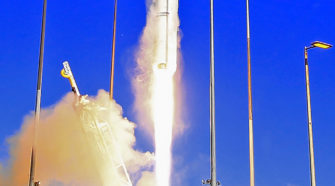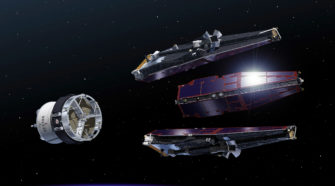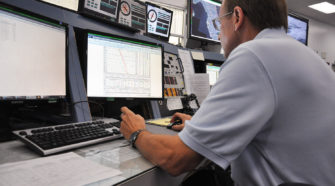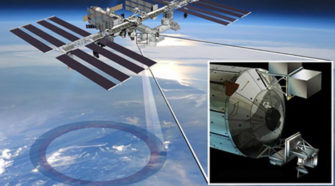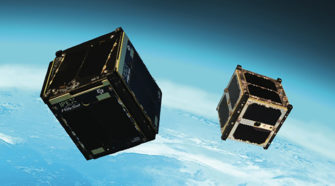Earth
Cygnus delivers to the ISS
Orbital Sciences Corporation successfully launched their Cygnus spacecraft to the International Space Station on Jan. 9th. With freezing cold and clear blue skies as a backdrop the company sent Cygnus skyward atop their Antares rocket, which thundered away from the Mid-Atlantic Regional Spaceport launch Pad-0A at NASA’s Wallops Flight Facility in Virginia. The mission, Orb-1, …
ESA’s Swarm trio monitoring our planet’s magnetic shield
ESA’s three-satellite Swarm constellation was lofted into a near-polar orbit by a Russian Rockot launcher in late November, 2013. For four years, it will monitor Earth’s magnetic field, from the depth of our planet’s core to the heights of its upper atmosphere. The Swarm satellites will give us unprecedented insights into the complex workings of …
Keeping an eye on launch-day weather
Before MAVEN can study the atmosphere of Mars, it had to not only overcome Earth’s gravity but also make it through Earth’s atmosphere. Central Florida’s sometimes volatile weather can make launching rockets difficult. Weather is responsible for more than a third of launch delays and nearly half of the scrubs. The meteorologists of the 45th …
The Auroras of Planet Earth
Nature has an uncanny knack of producing some of the most spectacular astronomical events we can witness, the likes of Solar eclipses, meteor showers and other phenomenon that never fail to impress. There is one event however, that once you witness it, it will be burnt into your memory and will stay with you for …
Watching Earth’s winds, on a shoestring
Built with spare parts and without a moment to spare, the International Space Station (ISS)-RapidScat isn’t your average NASA Earth science mission. Short for Rapid Scatterometer, ISS-RapidScat will monitor ocean winds from the vantage point of the space station. It will join a handful of other satellite scatterometer missions that make essential measurements used to …
CubeSats: Thinking inside the box, launching into space
Two tiny, cube-shaped research satellites hitched a ride to Earth orbit to validate new hardware and software technologies for future NASA Earth-observing instruments. The cube satellites, or “CubeSats,” which typically have a volume of exactly 1 liter, were launched on a United Launch Alliance Atlas V rocket on the night of Dec. 5, 2013 from …

